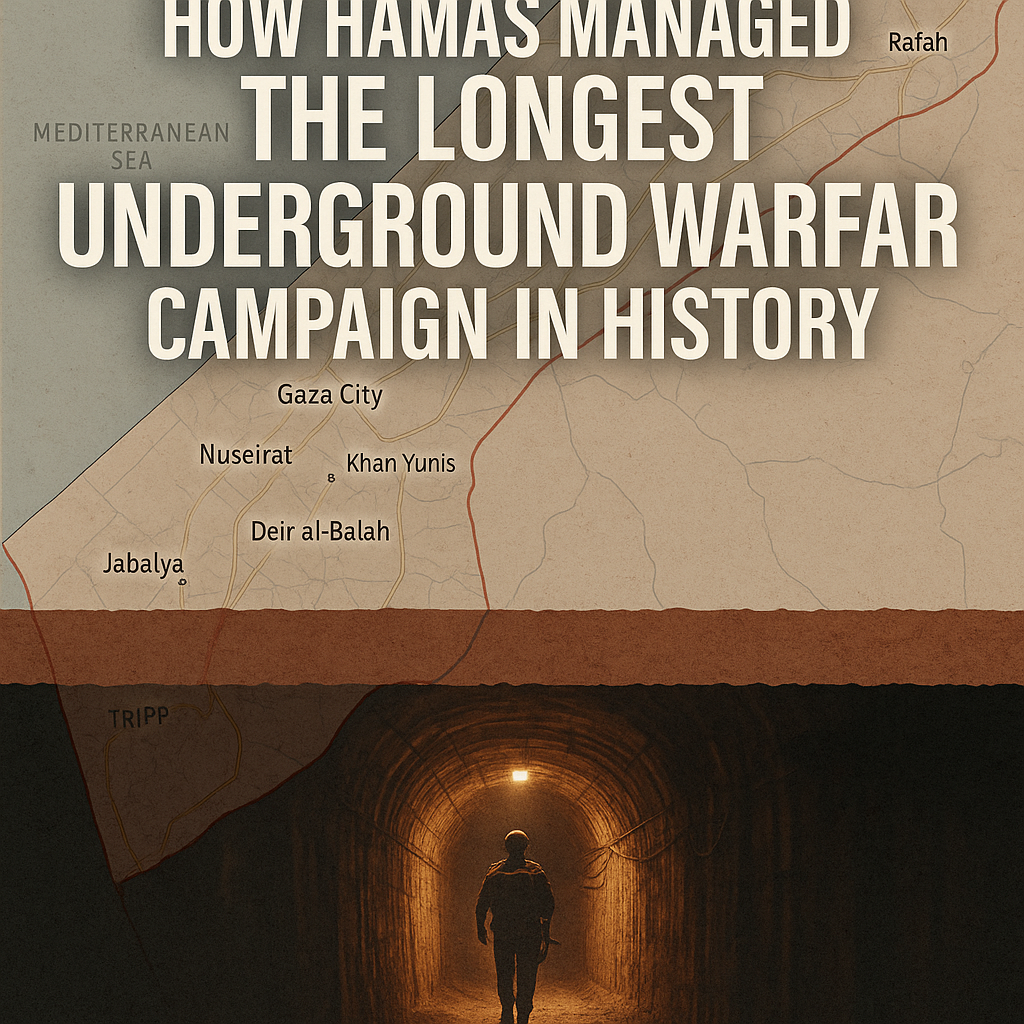Earth, Sun, and Water: The Elements that Fuel Hamas’s Tunnels
07.03.2025 at 06:00am

Unlock exclusive members-only ad-free content, members discussion, content, and updates directly from the SWJ Team, for only $10/yr.
"*" indicates required fields
No related posts.
